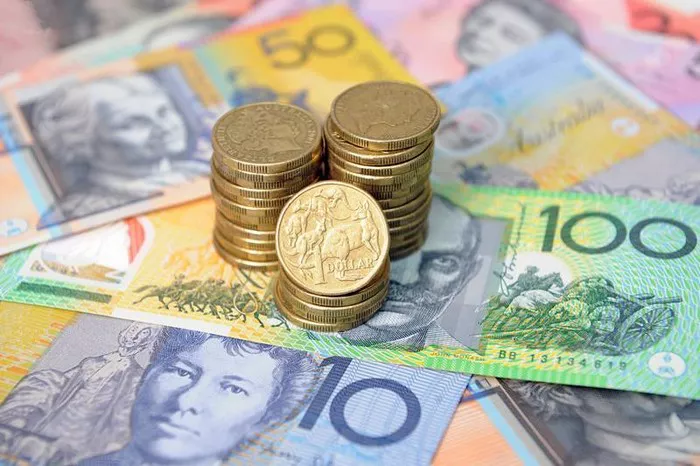The Australian dollar (AUD) rebounded on Friday, paring recent losses, thanks to a weaker U.S. dollar. While AUD/USD faced setbacks in the preceding session due to the greenback’s strength linked to buoyant US Treasury yields, the Australian dollar showcased resilience, buoyed by an improved risk appetite. Market participants are anticipating a dovish stance from the Federal Reserve in early 2024, contributing to the Australian dollar’s positive performance.
The recent meeting minutes from Australia underscored the Reserve Bank of Australia’s (RBA) meticulous approach, emphasizing the need to scrutinize additional data before making future interest rate decisions. The RBA’s assessment takes into account the robust performance of inflation and house prices, providing a cautious yet optimistic outlook. The central bank forecasts the inflation target to be near the upper limit of 2-3% by the end of 2025, further supporting the Australian dollar.
Expectations that the Reserve Bank of Australia may refrain from cutting interest rates at its upcoming February policy meeting have contributed to the Australian dollar maintaining its elevated position.
While the U.S. dollar index (DXY) experienced gains on Thursday, upbeat U.S. data may have tempered the greenback’s strength, potentially influencing the Federal Reserve to adopt a more cautious stance in its upcoming monetary policy decision. The unexpected rise in first-time unemployment benefit applications in the United States to 218,000 for the week ending December 23, surpassing expectations of 210,000, added to the narrative. Additionally, November’s uncompleted home sales, unchanged at 0.0% compared to the expected 1.0%, further influenced this sentiment. Traders are closely monitoring the release of the Chicago Purchasing Managers’ Index for December on Friday for additional insights into market dynamics.


